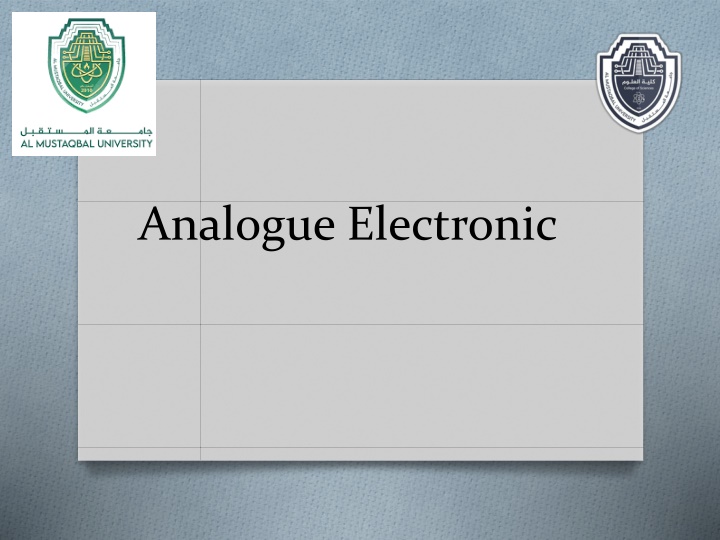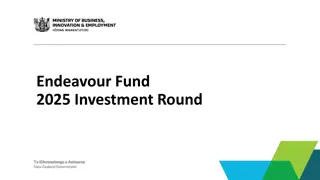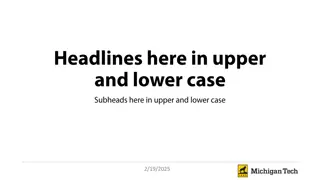
Understanding Diodes: V-I Characteristics and Models
Dive into the world of diodes with this informative content covering V-I characteristics for reverse and forward bias, ideal and practical diode models, and practical applications. Learn how diodes function in electronic circuits and how to analyze their behavior using different models.
Download Presentation

Please find below an Image/Link to download the presentation.
The content on the website is provided AS IS for your information and personal use only. It may not be sold, licensed, or shared on other websites without obtaining consent from the author. If you encounter any issues during the download, it is possible that the publisher has removed the file from their server.
You are allowed to download the files provided on this website for personal or commercial use, subject to the condition that they are used lawfully. All files are the property of their respective owners.
The content on the website is provided AS IS for your information and personal use only. It may not be sold, licensed, or shared on other websites without obtaining consent from the author.
E N D
Presentation Transcript
Chapter Two Diode and its Application Lecture 4 2
V-I Characteristic for Reverse Bias With 0 V reverse voltage, there is no reverse current. There is only a small current through the junction as the reverse voltage increases. At a point, the reverse current shoots up with the diode s breakdown. The voltage is called the breakdown voltage. This is not a normal mode of operation. After approximately VBR, but IR increases rapidly. Break-down voltage depends on the doping level, set by the manufacturer. this point, reverse voltage remains the 3
Combine the curves for both forward bias and reverse bias, and you have the complete V-I characteristic curve for a diode, as shown in Figure 6. 4
Diode models A- The Ideal Diode Mode 1- When the diode is forward-biased, it ideally acts like a closed (on) switch, as shown in Figure 7. 2- When the diode is reverse-biased ideally acts like an open (off) switch, as shown in part (b). The barrier potential, the forward dynamic resistance, and the reverse current are neglected. In Figure 7c, the ideal V-I characteristic curve graphically depicts the ideal diode operation. 5
B- The Practical Diode Model The practical model includes the barrier potential. The characteristic curve for the practical diode model is shown in Figure 8c. Since the barrier potential is included and the dynamic resistance is neglected, the diode is assumed to have a voltage across it when forward-biased, as indicated by the curve to the right of the origin. The practical model is useful in lower-voltage circuits and designing basic diode circuits. The forward current is determined using first Kirchhoff s voltage law to Figure 8a: 6
Example 1: (a) Determine the forward voltage and forward current for the diode in Figure 10 (a) for each of the ideal and practical diode models. Also, find the voltage across the limiting resistor in each case. (b) Determine the diode's reverse voltage and current in Figure 10(b) for each diode model. Also, find the voltage across the limiting resistor in each case. Assume IR = 1 A. (H.W.) 8
The DC power supply A power supply is an essential part of each electronic system from the simplest to the most complex. A basic block diagram of the complete power supply is shown in the below Figure. The transformer changes AC voltages based on the turn's ratio between the primary and secondary. The rectifier converts the ac input voltage to dc voltage. The filter eliminates the fluctuations in the rectified voltage and produces a relatively smooth dc voltage. The regulator is a circuit that maintains a constant dc voltage for variations in the input line voltage or in the load. 9
Half-Wave Rectifiers Because of their ability to conduct current in one direction and block current in the other direction, diodes are used in circuits called rectifiers that convert AC voltage into DC voltage. Rectifiers are found in all DC power supplies that operate from an AC voltage source. When connected with AC voltage, the diode only allows half a cycle to pass through it, converting AC into DC. As half of the wave gets rectified, the process is called half-wave rectification. The output frequency is the same as the input. 10
The average value (VAVG) of half-wave rectified voltage if its peak amplitude is 50 V is VAVG = VP/ = 50/3.14 = 15.9 V , VAVG is approximately 31.8% of Vp PIV= Vp(in) 11
PIV: Peak inverse voltage = is the maximum voltage that occurs at the peak of each half-cycle of the input voltage when the diode is reverse-biased. The diode must be capable of withstanding this amount of voltage. Figure 13 12















